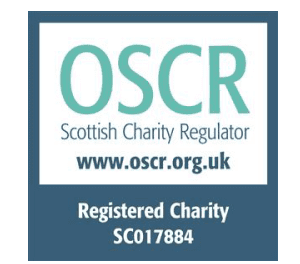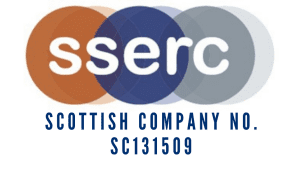
You can find out more details about the weighing of chemicals here.
The two fundamentals of quantitative chemistry are the accurate measurement of volume and mass. Measuring mass is more straightforward and can be more accurate: it is quite common for schools to have balances accurate to 0.001g, this is a level of accuracy roughly 100x that possible for measuring volume so if absolute accuracy is important it is best to measure mass – even when dealing with liquids.
The most accurate way to meaure mass is weighing by difference. This is quite simple.
1. Place the container on the balance and record the mass
2. add in your reagent and record the mass again.
3.subtract mass 1 from mass 2 to get the mass of the reagent.
This is more accurate than direct weighing. All scales (and other instruments) will have some amount of error in them, so if you weigh one item and record the weight, then record a 2nd item on the scales and record this weight. You can then subtract the weight of one from the other.
As you have weighed both objects on the same scales, the error would be the same in both, and therefore by weighing by difference you effectively eliminate any of these systamatic errors.



